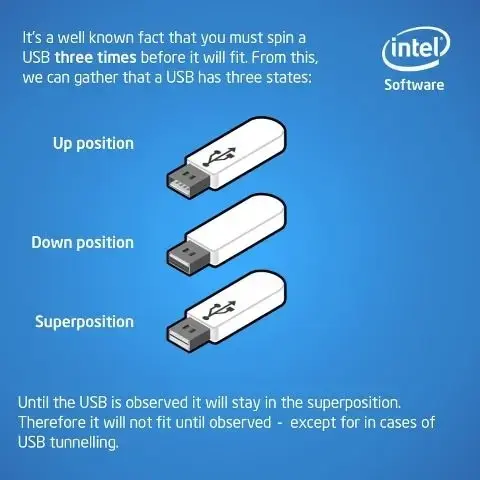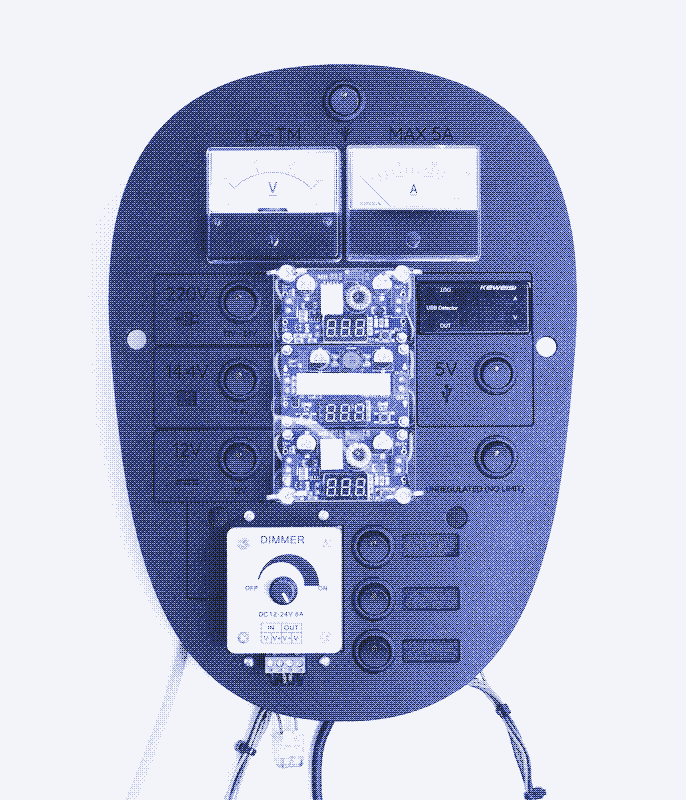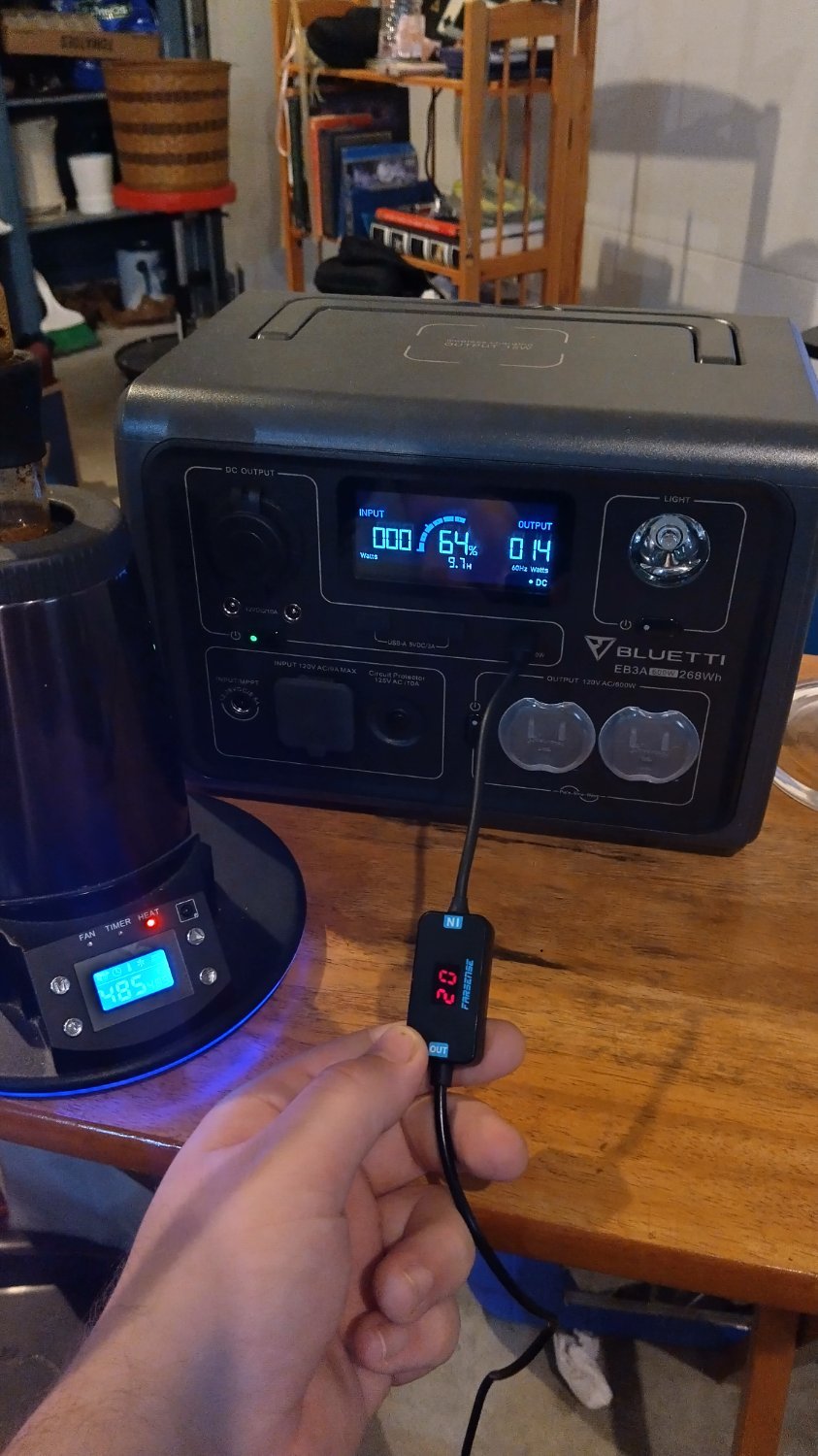Like others, USB-PD is amazing. My monitor has 90W which is plenty for my laptops. Gaming laptop, not so much. The only device I have that isn't USBC/Thunderbolt is the damn mouse. I rarely ever need a USB A port for anything other than charging. Even my flash drives are all USBC.
I have been able to use 1 charger for almost everything for several years now. Sometimes I have a finicky device that doesn't like the high wattage PD chargers and will only trickle charge, but work fine with my other smaller charger. The GaN chargers are nice and compact. I break USBC cables a lot less often, but that is because I am a walking disaster most of the time. I would break micro USB cables constantly, or rip the ports to pieces.
One note though on USBC ports on a monitor. Beware using the really really stiff cables on ports that are positioned where the cable would be parallel to the table instead of the port pointing down. That port will definitely wear out or break entirely from the constant downward force and lack of support of the cable in the port. This is especially true if you use a monitor arm and the cable gets moved. Seen this on both Samsung and LG. My Dell points downward. I really like the pro PS5 controllers as it comes with a little cage that holds the USBC cable in place and protects the port from exactly that scenario. These monitors absolutely need something like that, especially with how expensive they are.





